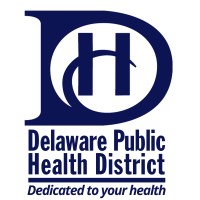
National Nurse-Led Care Consortium
The National Nurse-Led Care Consortium (NNCC) is a nonprofit nurse-member public health organization that supports nurse-led care and nurses on the front lines of care. NNCC's mission is to advance nurse-led care through policy, consultation, and programs to reduce health disparities and meet people's primary care and wellness needs. NNCC manages nurse-led healthcare clinics, runs community programs, and advocates for nurses and nurse-managed healthcare.






